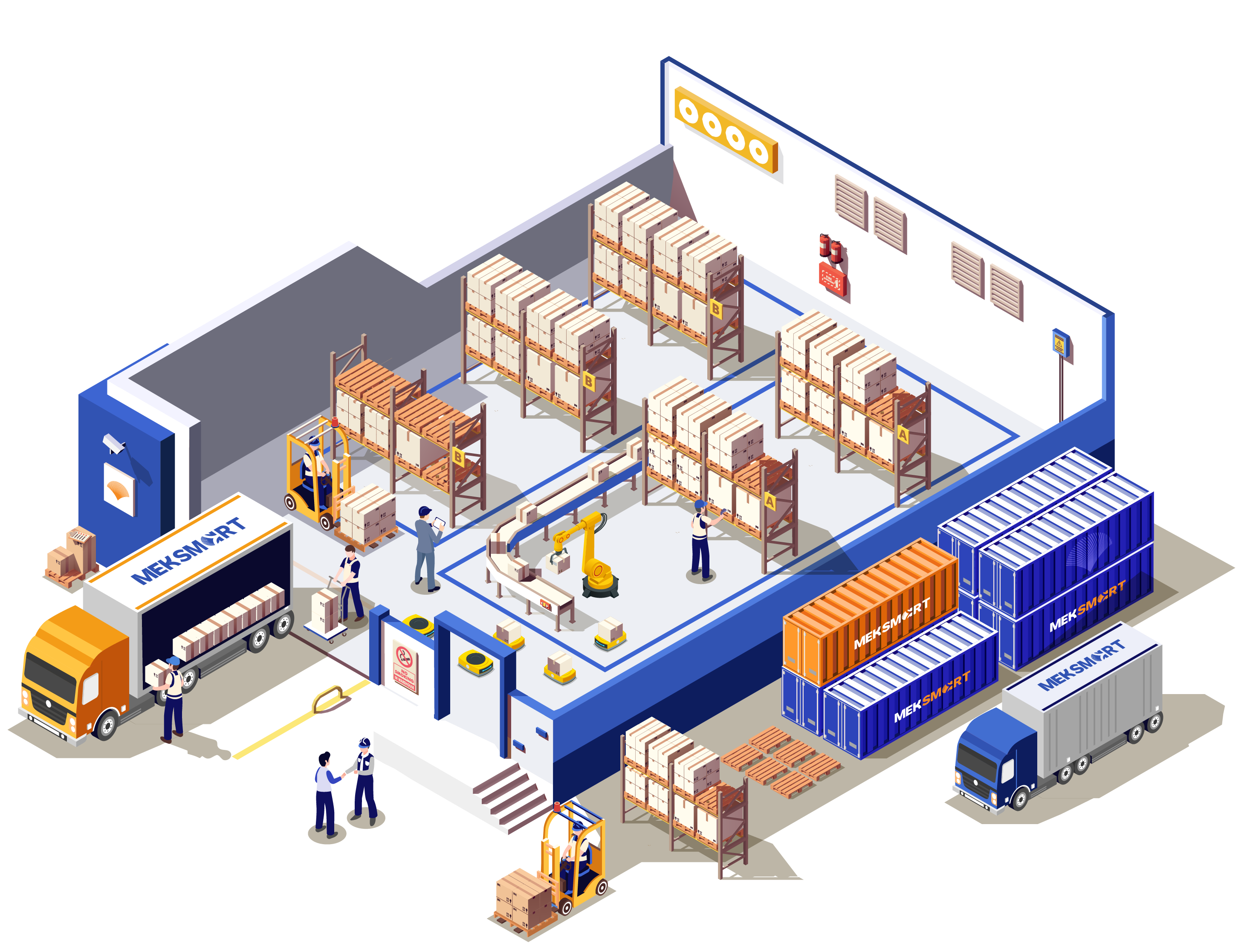MEKSMART
GENERAL NEWS
Author:
Update: 15/12/2022
DEMAND PLANNING AND SUPPLY PLANNING, WHAT ACTIVITIES FIRST?
In today's global business environment, supply chain-focused businesses need to implement an effective Supply & Demand Planning process to gain a competitive edge. While the two functions may seem to overlap, it's important to understand what each contributes to the successful operation of the business.
It can be understood simply: You need to make a customer demand forecast, and pass that result to the supply planning department. From there, to plan the production of goods in a timely manner, at the right time, according to the user's tastes, avoiding the case of "spreading" production that increases inventory and causes losses to businesses.

1. Demand Planning
Demand Planning is a supply chain management process that forecasts demand for products to ensure they can be supplied and satisfy customers. The goal of Demand planning is to strike a balance between having enough inventory to meet customer demand without shortages or excesses. To be able to forecast purchasing needs, a Demand Planner needs to collect and analyze data from a variety of sources. Data can be obtained from many sources such as:
- Previous sales figures or sales of the business
- Consider external influences (advertising, media, ..)
- Activities of distributors/retailers (Promotions, discounts, ..)
- Seasonal activities (holidays, special occasions, ..)
- Changes in weather, epidemics or economic and political fluctuations, etc.
With demand planning, business leaders can stay ahead of market changes and make more proactive decisions while responding to customer needs.
2. Supply Planning
Supply planning is the component of supply chain management concerned with determining how to best fulfill the requirements generated from demand planning. It is the entire planning process including distribution, production and procurement activities according to demand forecast, considering capacity constraints and material availability. The primary goals in supply planning are cost control, efficient allocation of resources, risk management, and effective information collection for use in strategic business decisions.
The best methods for supply planning are to form a supply structure that responds to demand by considering and adjusting inventory and maintenance policy factors, production parameters, and finding the source of supply (lead time, minimum order quantity, shipment size, ...).
3. How Demand Planning and Supply Planning impact businesses
Suppliers/Vendors: Planners can quickly contact suitable suppliers based on demand planning. From there, prepare a plan earlier and have more time to negotiate terms that are beneficial to both the business and the supplier. Above all, strengthen the relationship between enterprises and suppliers.
Inventory: Capturing the inventory figures provided by the supply planner will help limit the shortage or excess of goods, causing negative effects on the business such as reduced sales of goods, Risk of paying fines to retailers under contract, etc. in case of shortage of goods. Conversely, if the quantity of goods is too much, it will cause problems such as: reducing storage space, potentially costly to rent a warehouse for inventory and increasing the risk of products becoming obsolete if the shelf life is limited. regulations must reduce prices to release excess goods, affecting profits, etc.
Production: Supply Planning personnel will plan production based on current inventory, suppliers, and forecast demand. Also plan for efficient resource allocation, making supply chain processes run more smoothly.
Customer service: Businesses can make customers happy if they give them exactly what they need. Demand planning helps supply planners understand customer demand patterns and plan supply accordingly. Poor customer service can drive customers away
4. Conclusion:
Demand Planning or Supply Planning are both important activities of the supply chain. Both activities are closely related to each other and both aim to meet customer needs, balance supply and demand, and regulate inventory. Planning needs to be done in advance to send the necessary data to the production planning department in accordance with the demand forecast.
Without proper demand planning, supply planners will not be able to plan production leading to businesses facing production delays or excess inventory. Too little inventory means giving up customers to competitors. On the contrary, the amount of inventory is too much, businesses will have to spend more costs such as storage costs, inventory transportation fees, etc. Therefore, planning supply and demand in the supply chain is very necessary and is the foundation for an efficient and lean supply chain.
Source: vilas.edu.vn







